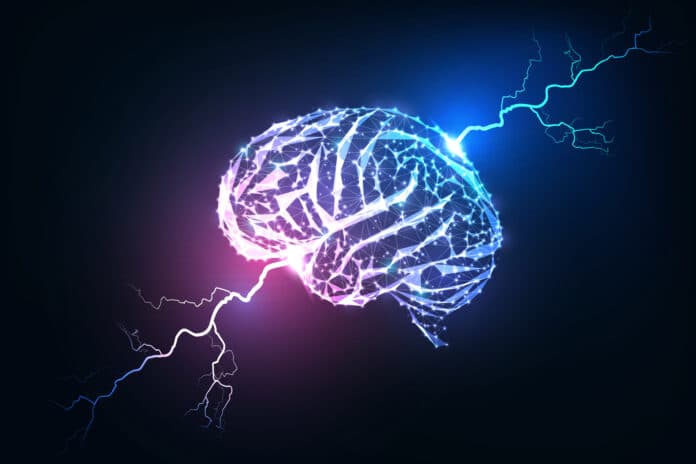The human brain’s remarkable capacity to store and retrieve memories has long fascinated neuroscientists. Decades of research have elucidated the key brain regions involved in memory processing. However, the underlying mechanisms that allow these networks to communicate and integrate information remain a subject of ongoing investigation. Recent advancements in neuroscience have led to recognition of electric fields as crucial factors in shaping brain connectivity and information transfer.
The study took place at MIT, delves into the intricate interplay of brain networks encoding memory, highlighting the emerging role of electric fields in facilitating the integration of cognitive processes. By examining the influence of electric fields on memory encoding, we aim to shed light on the dynamic and complex nature of human memory, opening new avenues for understanding cognition and potential therapeutic interventions for memory-related disorders.
The brain’s circuit metaphor, where neurons form connections to create functional networks for memory storage and thought processes, is widely accepted but needs to be completed. Recent evidence suggests that electric fields are crucial in coordinating these brain circuits. A study in Cerebral Cortex found that during working memory games, information about what animals were remembering was coordinated across two key brain regions by an electric field generated from the underlying electrical activity of all participating neurons.
This field appeared to drive neural activity, influencing voltage fluctuations across cell membranes. Termed “ephaptic coupling,” this electric field can impact the spiking of neurons and control their electrical transmissions across synapses. Understanding the influence of electric fields on brain activity opens new insights into memory and cognitive processes, akin to a conductor guiding an orchestra of neurons.
Miller says, “Many cortical neurons spend much time wavering on the verge of spiking. Changes in their surrounding electric field can push them one way or another. It’s hard to imagine evolution not exploiting that.”
The new study revealed that electric fields play a significant role in driving the electrical activity of neuron networks, leading to a shared representation of information stored in working memory. Dimitris Pinotsis, the lead author, emphasized that this finding could have implications for brain-computer interface (BCI) devices, aiding scientists and engineers in decoding brain information and potentially improving the design of brain-controlled prosthetics for individuals with paralysis.
By applying the theory of complex systems and mathematical calculations, the researchers predicted and supported through experimental data that the brain’s electric fields guide neurons in memory production, demonstrating how mathematics and physics can offer valuable insights into the brain’s mechanisms.
In a 2022 study, Miller and Pinotsis developed a biophysical model showing that electric fields produced by groups of neurons in a brain region were more stable and reliable representations of information used in working memory games than individual neurons’ electrical activity. This phenomenon, called “representational drift,” highlighted the impact of electric fields on the brain’s efficiency in processing information.
In a subsequent study, they investigated whether ephaptic coupling spread the governing electric field across multiple brain regions, forming a memory network or “engram.” They used mathematical models to predict neural activity and overall electric fields when analyzing two brain regions relevant to a working memory game, the frontal eye fields (FEF) and the supplementary eye fields (SEF). The analysis revealed that the electric fields causally influenced neural activity, rather than the other way around, and reliably represented the transfer of information between the two brain regions, unifying them into a memory network.
Emerging evidence suggests that electric fields arising from neural electrical activity might be crucial in governing and influencing neural circuits. Miller speculates that electrical activity in individual neurons might generate these fields, which, in turn, impact the neurons’ spiking and synapses. This bidirectional relationship between electric fields and neural activity has significant implications for mental health treatments, as synaptic plasticity, the strength of neural connections, and circuit function are all influenced by when and whether neurons spike.
Clinical technologies like transcranial electrical stimulation (TES) can alter brain electrical fields. If these fields actively shape neural activity, TES could be used to modify circuits. This exciting prospect opens the door to potential therapies aimed at rewiring faulty circuits in patients to aid in mental health treatments.
Journal Reference:
- Dimitris A Pinotsis, Earl K Miller et al., In vivo ephaptic coupling allows memory network formation. Cerebral Cortex. DOI:10.1093/cercor/bhad251.
